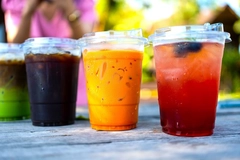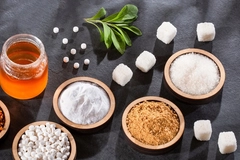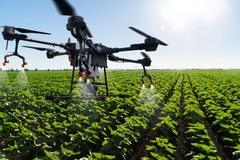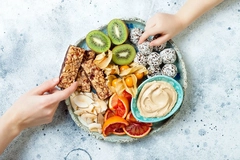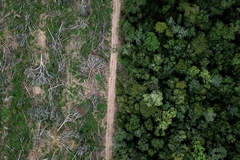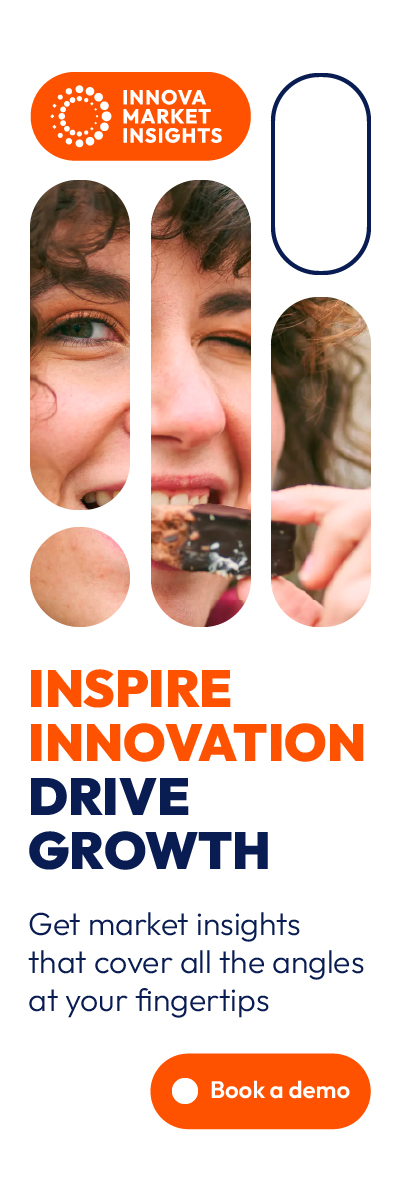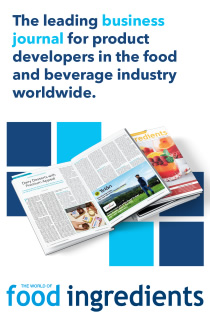McGill researchers unveil AI-powered method to authenticate honey “in minutes” amid rampant fraud

The global honey industry is grappling with widespread fraud and tampering concerns but stands to benefit from a “breakthrough” AI-powered verification method developed by researchers at McGill University in Canada.
The new testing method leverages high-resolution mass spectrometry and machine learning algorithms to create a chemical “fingerprint” of honey. According to the researchers, this technology enables rapid and accurate identification of the nectar bees visited to produce the product.
This is crucial because honey made from the nectar of a single flower is more expensive, and consumers pay a premium for it due to its reported health benefits and unique flavor profile.
The team tested the technology on various honey samples and compared the results to honey from known botanical sources.
“Honey is one of the most fraud-prone commodities in global trade. It often involves mislabeling where it was produced, or the types of flowers bees collected nectar from,” says lead author Stéphane Bayen, associate professor and chair of McGill’s Department of Food Science and Agricultural Chemistry.
While some producers intentionally mislabel honey to overcharge consumers, others may do so unknowingly, given that tracking exactly where bees collect nectar can be challenging.
Traditional methods of authentication, such as pollen analysis, often “fails” once honey is processed or filtered, according to the researchers.
“Right now, identifying the true source of honey can take days. With our method, we can do it in minutes, even for processed honey where traditional techniques fall short,” says Bayen.
The study is published in the journal Analytical Chemistry.
Local honey soars amid fraud
Food manufacturers and regulators are increasingly looking to protect consumers and ethical producers. The global honey supply chain is becoming increasingly vulnerable to fraudulent activities, including adding or removing elements like sugar or maple syrup.
“The supply chain for honey from beehive to jar is lengthy and complex. There are opportunities for some fraud at almost every step, ranging from feeding the bees sugar syrup to increase the crop, adding syrups to honey to bulk it out, mislabeling or document fraud,” Lynne Ingram, chair of the Honey Authenticity Network UK, previously told Food Ingredients First.
“Add to that the lack of appropriate authenticity testing and enforcement, and we have a global honey crisis,” she said.
According to the Fairtrade Risk Map, the value distribution within the supply chains is also “inequitable,” with beekeepers lacking bargaining power.
At the same time, McGill scientists note that demand for local varieties, like Quebec’s blueberry honey, is on the rise, and consumers prioritize buying local.
Bernhard Heuvel, president of the European Professional Beekeepers Association, previously told us that there is a “20% increase” in demand for locally sourced honey in the EU.
The AI-powered technique could help safeguard consumers and ethical beekeepers from fraudulent activities.
“People deserve to know that their honey is what it claims to be, and honest producers deserve protection from fraudulent competitors,” said Bayen.
Meanwhile, honey fraud has evolved in some regions as a gateway to smuggle drugs that claim to enhance sexual performance and offer unverified health benefits. France recently witnessed a surge in cases of illegally imported “aphrodisiac” honey laced with erectile dysfunction medicines after inconsistent documents prompted checks on products declared as “natural honey.”
Testing remains challenging
While analytical technologies to verify honey authenticity are advancing globally as trade associations and beekeeper unions urge action, cost and time, pose significant challenges.
Success stories include cases where DNA barcoding and machine learning have enabled fast and accurate detection of fake products in the UK.
“Tests are always being updated and refined, and new ones are being developed, but honey is a complex product to authenticate. There is no one test alone that can say that honey is or is not authentic. A suite of tests is needed. Since the new EU Honey Directive (2024), a Honey Platform has been set up to decide on a globally agreed suite of tests,” says Ingram.
Amid these constraints, the McGill researchers hope to see their technique adopted by food inspection agencies globally. They also want to explore how it could be used for other food products prone to mislabeling.

